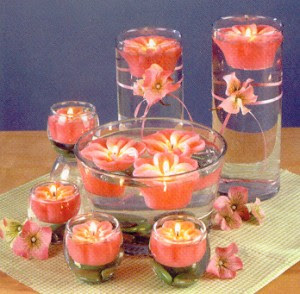Basic painting tips: how to prep interior
If you’re getting ready to paint a room, or the whole interior of your house but aren’t quite sure where to start then read on! This article will walk you step through step from the start of your painting project to the finish!
Before you break out the rollers and brushes and start slapping paint on the walls you need to get organized, and organization begins at the paint store! Browse the paint chip section (those little strips of paper with multiple paint colors on them are called paint chips) and take home several different selections in the color(s) that appeal to you. While you are there, pick up plastic drop clothes, painters tape, rollers appropriate for the walls you will be painting (rollers come with different length nub length for smooth or textured walls), trim brushes, and regular paint brushes for areas that can’t be painted with a roller. You will also need joint compound (for filling holes) and a flat spackle knife.
When you get back home with your paint chips, tape them to the wall and observe the different colors at different times of the day as the light varies in the room. By doing this you will ensure that the color you end up choosing is the one you really want. Once you have decided on your color choice, return to the paint store with that particular color and have enough paint mixed to cover your entire room (measure the length and width of your room and your wall height to calculate the amount of paint needed. Most paint cans have calculators that tell you how much square footage each gallon of paint will cover under normal painting conditions). If the trim in your room needs to be repainted you will also need to pick up trim paint. Trim is most commonly painted white; however it can be any color you choose! Trim paint in generally semi-gloss or gloss, both of which form a hard shell when dry that holds up to a lot of wear and tear. Walls are generally painted with a flat or satin finish. Paint with a flat finish helps hide flaws; however, it does not wash as well as paint with more shine. Paint with a satin finish is a great multi-purpose paint. It doesn’t expose flaws as much as higher gloss paint, and it cleans easily. Satin is generally the paint of choice in all room except the kitchen and bathroom where semi-gloss paints are generally used for their water resistant and high clean ability factors.
Now that you have your paint and your supplies it’s time to take a hard look at your walls. Remove all decorations, curtain rods, nails, screws and any other non-permanent miscellaneous items. Pull furniture away from the walls, and remove from the room if possible. Once the walls are bare remove any obvious dust, cobwebs or other debris. If you are painting a kitchen or other area with extremely dirty walls you will need to wash the walls with warm soapy water to strip away the grime. Allow the walls to dry thoroughly before painting! Patch any holes with join compound. Allow the joint compound to dry thoroughly and then sand smooth.
Now it is finally time to paint! Spread your drop clothes out to protect flooring and furniture. Drop clothes can be attached to trim with painters tape, or simply laid on the floor. If the trim in your room also needs a fresh coat of paint, it should be painted first and then allowed to dry thoroughly. Once your trim is dry, protect it with painters tape while painting the walls. It is generally recommended that you paint from the ceiling down in order to catch any drips. This means that you should start with the ceiling if it requires new paint, and then start at the top of the walls and paint down. Use long, even strokes and make sure paint is distributed evenly over the walls. Allow your first coat of paint to dry, and then evaluate it to see if a second coat of paint is needed. Once adequate paint coverage has been achieved carefully remove the painters tape from your trim, pick up your drop clothes, put all your decorations and furniture back and enjoy your beautiful new paint job.
Tips by: Essortment



























